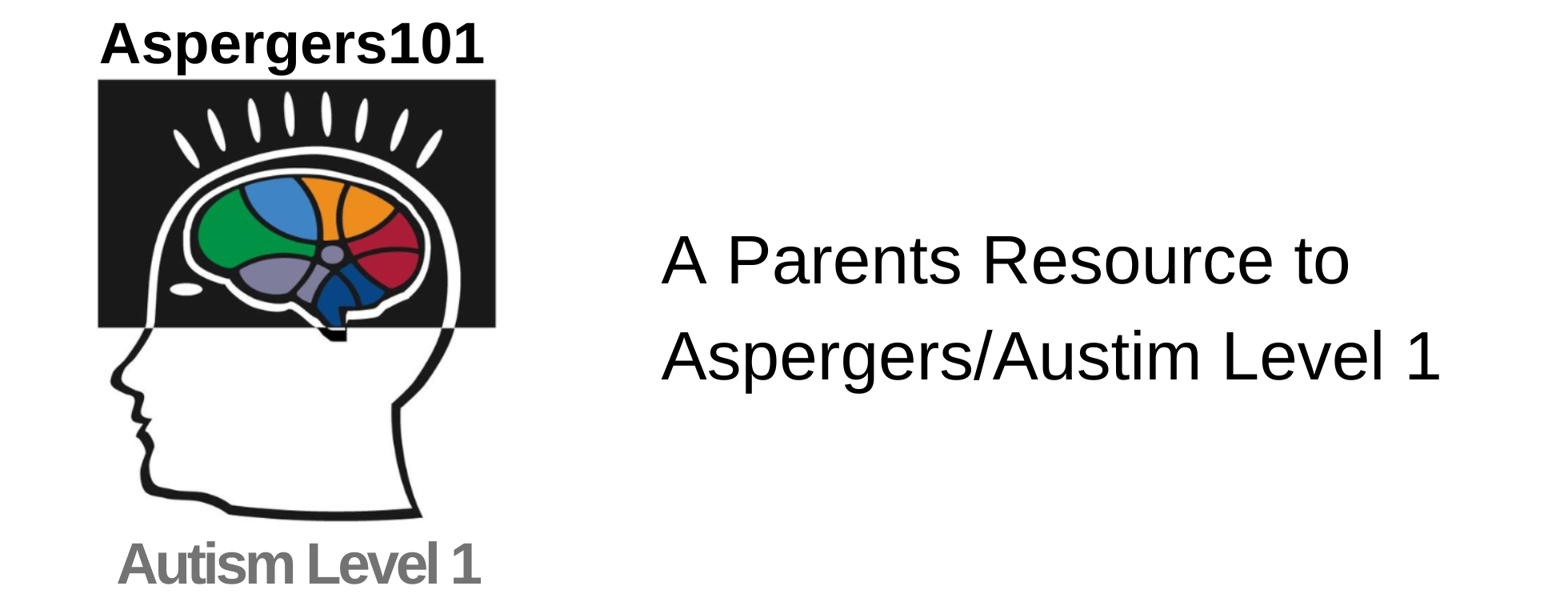The DSM identifies Asperger’s syndrome as an autism spectrum disorder marked by impaired social interactions, also known as high-functioning autism.
Definition
Asperger’s syndrome (AS) is an autism spectrum disorder (ASD) marked by impaired social interactions and limited repetitive patterns of behavior, interests, and activities. Individuals with ASD have symptoms that fall on a continuum—and since Asperger’s syndrome is a part of ASD it is commonly believed that individuals with Asperger’s syndrome are on the low end of the continuum (or high functioning ASD). This syndrome has no significant delays of language acquisition but motor skills may be delayed. Clumsiness and awkwardness may be present but are relatively mild.
It’s conservatively estimated that two out of every 10,000 children have the disorder. Boys are three to four times more likely than girls to have AS, however, the ratio may be closer to two boys for every one girl—believed to be due to girls not seeking or needing diagnosis as often as boys.

Symptoms
- Abnormal nonverbal communication
- Failure to develop peer relationships
- Being singled out by other children as “weird” or “strange”
- Lack of spontaneous seeking to share enjoyment, interests, or achievements with others
- Markedly impaired expression of pleasure in other people’s happiness
- Inability to return social or emotional feelings
- Inflexibility about specific routines or rituals
- Repetitive finger tapping, twisting, or whole body movements
- Unusually intense preoccupation with narrow areas of interest
- Preoccupation with parts of whole objects
- Repetitive behaviors, including repetitive self-injurious behavior
Causes
Current research points to brain abnormalities as the cause of AS. Using advanced brain imaging techniques, scientists have revealed structural and functional differences in specific regions of the brains of normal versus AS children. These defects are most likely caused by the abnormal migration of embryonic cells during fetal development that affects brain structure and “wiring” and then goes on to affect the neural circuits that control thought and behavior.
Scientists have always known that there had to be a genetic component to AS and the other ASDs because of their tendency to run in families. Recent research indicates that there are most likely a common group of genes whose variations or deletions make an individual vulnerable to developing AS with varying severity and symptoms.
Treatments
Treatment focuses on the three main symptoms: poor communication skills, obsessive or repetitive routines, and physical clumsiness.
An effective treatment program builds on the child’s interests, offers a predictable schedule, teaches tasks as a series of simple steps, actively engages the child’s attention in highly structured activities, and provides regular reinforcement of behavior. This includes:
- Social skills training: teaches the necessary skills to interact more successfully with other children
- Cognitive behavioral therapy: talk therapy that helps to manage their emotions better and cut back on obsessive interests and repetitive routines
- Medication for co-existing conditions such as depression and anxiety
- Occupational or physical therapy for children with sensory integration problems or poor motor coordination
- Specialized speech/language therapy to help with the pragmatics of speech
- Parental training of behavioral techniques and support
As seen in Psychology Today
A graduate of Abilene Christian University, Jennifer had a long career in TV Broadcasting. Upon learning her oldest son Sam had a form of Autism called Asperger’s Syndrome, she left her career and became a full-time mother to both of her sons. Jennifer elicited the participation of her family and together they produced several independent programs including a children’s animated series titled Ameriquest Kids, as well as a documentary and book titled, Coping to Excelling: Solutions for School-age Children Diagnosed with High-Functioning Autism or Aspergers Syndrome. She formed the nonprofit Asperger101 to provide on-going free resources related to ASD at Aspergers101.com and has implemented the Texas Driving with Disability Program and continues to grow the statewide initiative today. She and her husband have recently retired to their property in the Texas Hill Country.



While the description of Aspergers is very good, the reasons for the development are out of date. The perception that Aspergers is a disorder denies the notion of neurodiversity, feeds abelism and labels children negatively. A more updated view sees people with “high functioning autism “ (another misnomer) as different and it is up to NT society to learn how to accommodate different neurotypes individuals, not “cure” them. There is nothing to cure. This is why April should be Autism Acceptance month, not Autism Awareness month. We autistics are already aware of our autism.